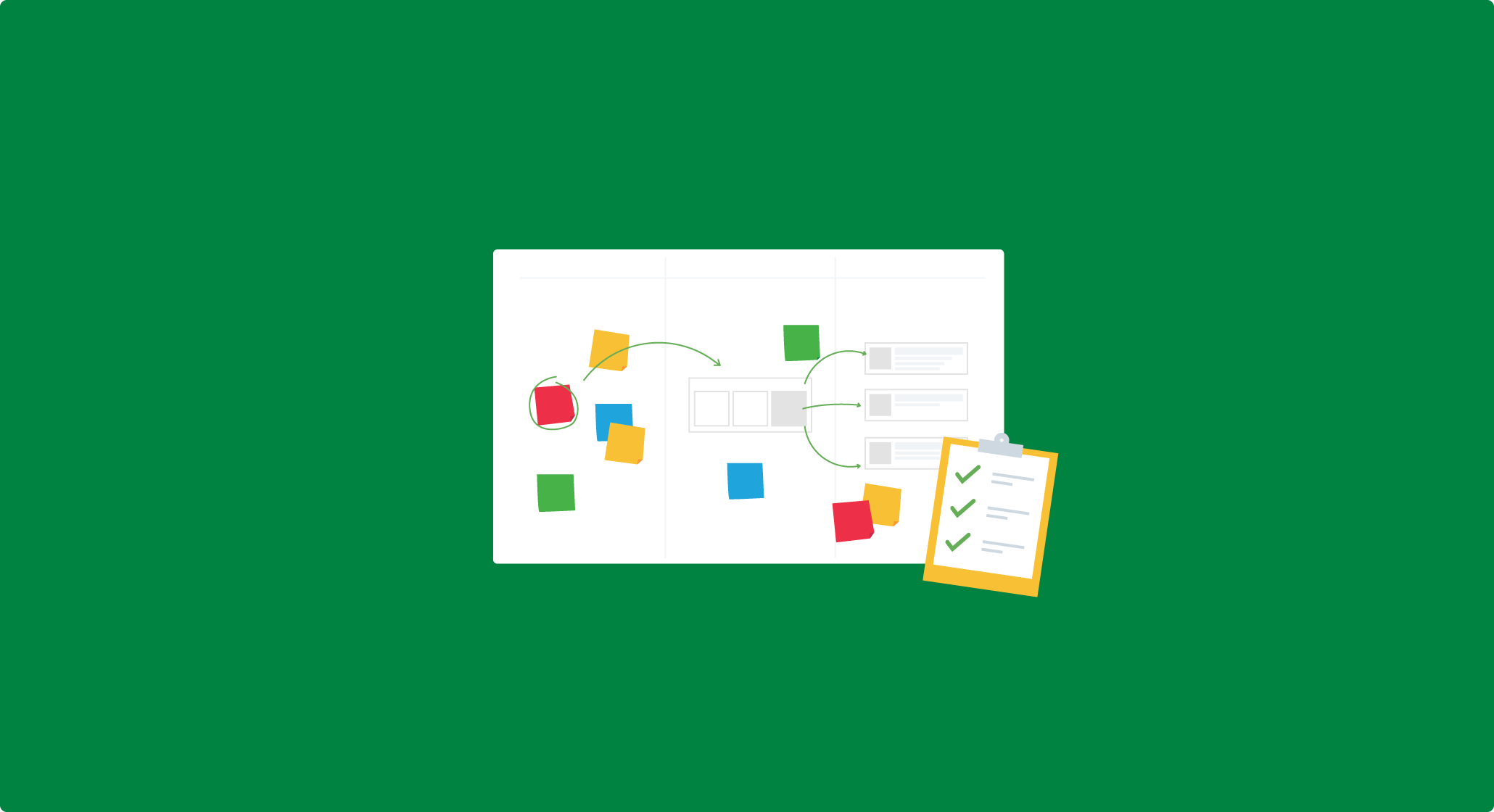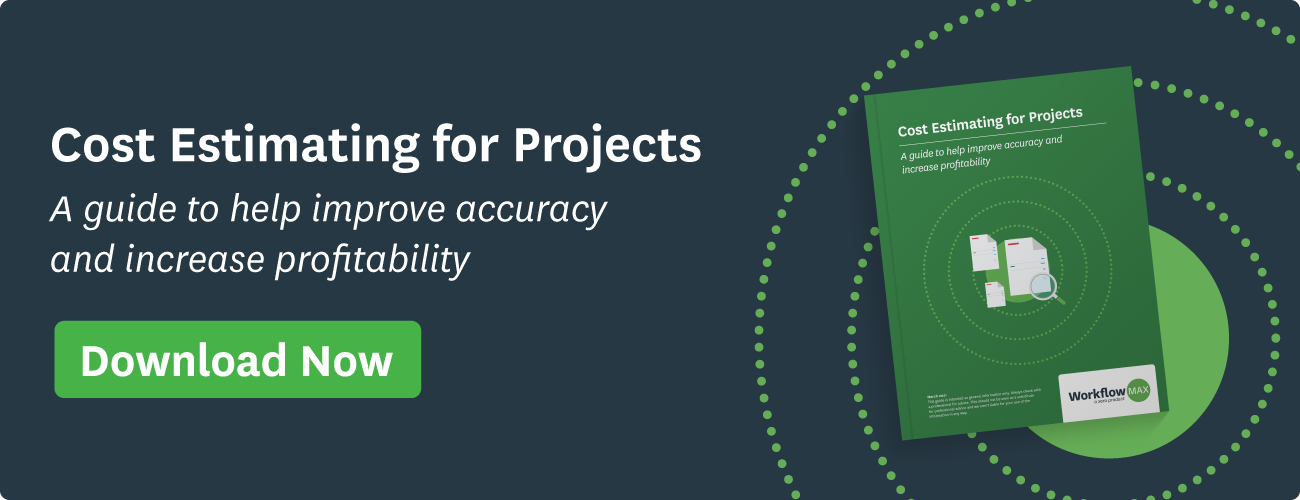Setting project scope is often the first step in your cost estimating process.
A scope statement or Statement of Work documents your project’s scope and defines the specific tasks, key stakeholders, milestones, deadlines and other information that are required to make the project successful.
Clearly defining and documenting the scope of a project helps your team account for all of the work that needs to be completed so you can accurately estimate costs and set a well thought-out project plan. It also enables your team to guard against scope creep throughout the project lifecycle so you can deliver against what you’ve promised to clients.
We’ve outlined three tips to help you define and manage scope before you begin working on a new project.
These tips are featured in our free guide: Cost Estimating for Projects. Download the full version to get more estimating tips, expert recommendations and more.
1. Ask the right questions to understand the full scope of the project
The more you know up front, the better. Often, the client won’t know to provide you with all of the information you need to produce an estimate.
If your creative agency is working on a website redesign, lean on your expertise to drive the conversation and uncover exactly what the client is expecting from your services. Does the client also require new email and social templates? What are the technical specifications you need to deliver (animations, video, copywriting, etc.)? How will you measure success?
Ask questions that will enable your team to understand the specific tasks that will need to be completed and when, establish all client stakeholders and decision makers, and identify potential risks that will impact project delivery.
The information you gather while setting project scope will vary depending on your specific industry or project. However, it’s helpful to put together a standard list of questions that can guide your discovery sessions with clients. Use these general questions as a starting point when building out your list:
- What is the overall goal or business objective for this project?
- What is the project deadline?
- Are there any key dates or milestones to be aware of?
- Who are the key project stakeholders and decision makers?
- What are the obstacles or risks that might impact project delivery?
- Have you done this type of project before? If so, who can I speak with to learn about their experience(s)?
The answers to these questions will reveal important background information on the project that will inform how you plan your resources and help to prepare your cost estimate.
2. Outline what’s not included in the scope
Clearly communicating what is not included in the project scope is equally as important as outlining what is included. Different stakeholders will have different assumptions about the “standard” set of activities that will be included in any engagement.
If your IT consultancy is working on a software implementation project, your client may expect that training team members and offering ongoing support is part of your service offering. Your estimation, however, may only account for the service ending immediately following the implementation.
Specifically addressing what deliverables are outside of the project scope will help clear up any potentially misunderstandings that may cause unpleasant surprises down the road.
As you continue to work on similar projects, take note of the type of questions that your clients ask while setting project scope (such as, “Is ____ included in the package we’ve chosen?”, “Does your team also offer ____ service?”, “How much extra would it cost to include ____?”). When you’re beginning a new project, use this list to proactively clarify with your clients what won’t be included in the engagement.
Making sure that you and your clients are on the same page from the beginning will help you minimize scope creep and estimate project costs as accurately as possible.
3. Empower your team to manage scope creep
Once you’ve taken the appropriate steps to fully define and document project scope with your client, it’s important that you involve your team to help your project stay on track and prevent scope creep. Scope creep can increase project labour costs and negatively impact your profit margin.
According to Will McTavish, Founder of Link Solutions and one of WorkflowMax’s implementation partners, every team member needs to understand how the tasks they’re working on fall within the scope that’s been agreed upon with the client and what to do when additional work is requested.
“A lot of write-offs occur when there isn’t a culture of putting your hand up when you notice work is falling outside of scope,” says Will. “Creating a culture where your staff feel comfortable to raise their hand if work is falling outside of the agreed upon scope and flag if work needs to be re-priced can have a huge impact on your ability to deliver work close to your estimation.”
Prior to beginning work on an engagement, meet with your team to explain what work is to be delivered, the budget allotted for their work and their corresponding base rates, and how to inform management if/when scope creep takes place.
Improve project cost estimation with our free guide
Setting project scope is often the first step in creating an accurate cost estimate. If you’re looking to improve your estimating process as a whole, we’ve created a free guide that can help. Download our guide to learn five key steps to accurate estimating including how to estimate labour costs, account for risk and uncertainty, and more.






